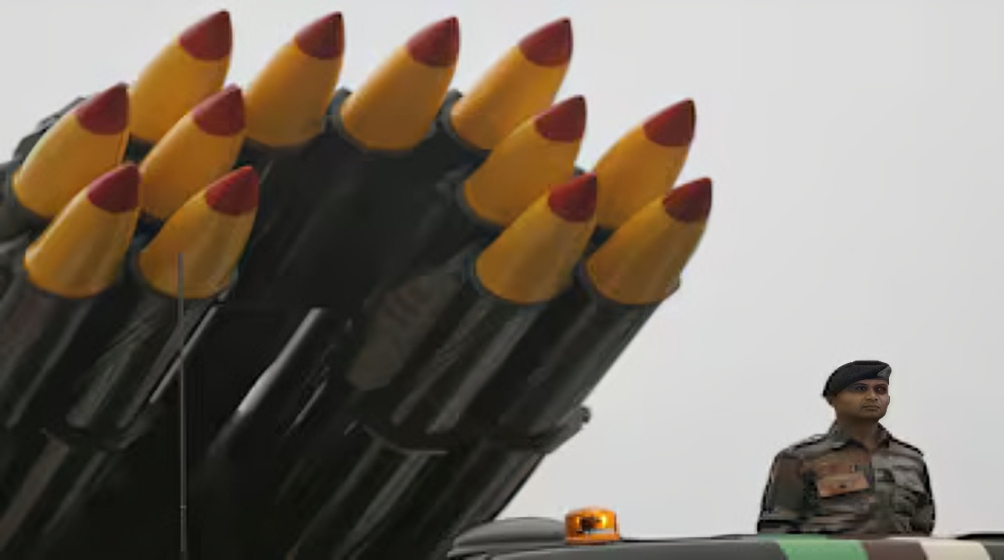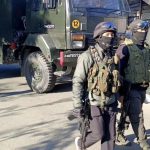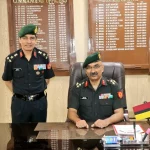India is preparing to test its most advanced indigenously developed hypersonic weapon, the Extended Trajectory-Long Duration Hypersonic Cruise Missile (ET-LDHCM), developed under the Defence Research and Development Organisation’s classified initiative, Project Vishnu.
The ET-LDHCM is capable of reaching speeds of Mach 8 (approximately 11,000 km/h) and delivering precision strikes up to 1,500 kilometres away. Designed for both conventional and nuclear missions, the missile can carry warheads weighing between 1,000 and 2,000 kg. Its velocity, low-altitude flight path, and advanced manoeuvrability make it highly resistant to current radar detection and air defence systems.
At the heart of the missile is an advanced scramjet engine, allowing it to sustain hypersonic speeds using atmospheric oxygen. DRDO has already completed a successful 1,000-second ground test of this propulsion system. Built with heat- and oxidation-resistant materials, the missile can withstand temperatures up to 2,000°C during flight.
Unlike traditional ballistic missiles, the ET-LDHCM is capable of mid-course corrections, flies at low altitudes, and can be launched from land-based systems, aircraft, or naval platforms. These features significantly enhance India’s tactical and strategic flexibility, allowing it to target enemy command centres, radar installations, and heavily fortified positions.
This marks India’s second major hypersonic development in under a year, following its long-range hypersonic test in November 2024. Defence experts believe the ET-LDHCM could shift the regional power balance, bolstering India’s deterrence posture against China and Pakistan.
Beyond its military implications, the technology behind the ET-LDHCM has potential civilian applications in aerospace and disaster response. The project has also catalysed innovation in India’s private sector, involving multiple MSMEs and defence firms, thereby contributing to economic growth and indigenous capability building.
Once testing is complete, the ET-LDHCM is expected to be deployed across all three military services, solidifying India’s readiness for future high-speed, high-intensity conflicts.













